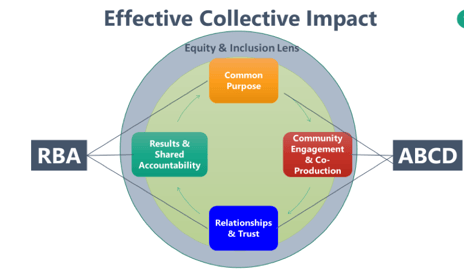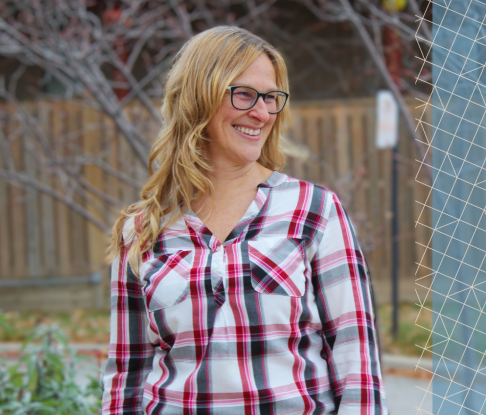I love new approaches and ways to improve how I do my community work. Here are three approaches that work well to better your community work.
Asset-Based Community Development (ABCD): About 12 years ago, I stumbled on ABCD. I remember John McKnight describing a community by highlighting everything wrong with it. I thought, how do we fix that community? He then described that same community from a different perspective, looking at its assets and gifts. Then, something clicked in my brain! Community development is not about fixing communities, it is about working with what is strong not what is wrong with the community. I then set out to do my work with an asset-based lens.
Result-Based Accountability (RBA): Several years later, I was introduced to RBA which is an ends-to-means approach. It looks at positive conditions for quality of life that people want to achieve, and the indicators that can help to track that change. RBA measures these three questions:
- How much did we do?
- How well did we do it?
- Is anyone better off?
Soon after learning about RBA, I was tasked with the development of a healthy community plan. I used my ABCD knowledge and combined the RBA approach and found that they complement each other. Together, they helped me to work with the community to figure out what needed to go into this plan. And then I hit a roadblock - I had this great plan that the community created but I did not know how to activate the plan. The solution, Collective Impact!
Collective Impact: addresses complex community dilemmas and is most effective when trying to move the needle at a population or systems change scale. It is not a useful framework when the purpose of the collaborative effort is solely to deliver programmatic services or solutions.

Photo credit: Dan Duncan, Clear Impact
We usually work with one approach/framework as it is easier to understand and simple to put in place. But, I find that using all 3 approaches helped build a strong and supported community plan.
Looking to learn more about how these approaches work together? Check out a recent webinar, Collective impact through the lens of ABCD and RBA and a case study on how these approaches were used to build a community plan.
I encourage you to try these ways of community development. Be bold, blend the approaches, who knows, it just might work!
Take Your Learning Further:





